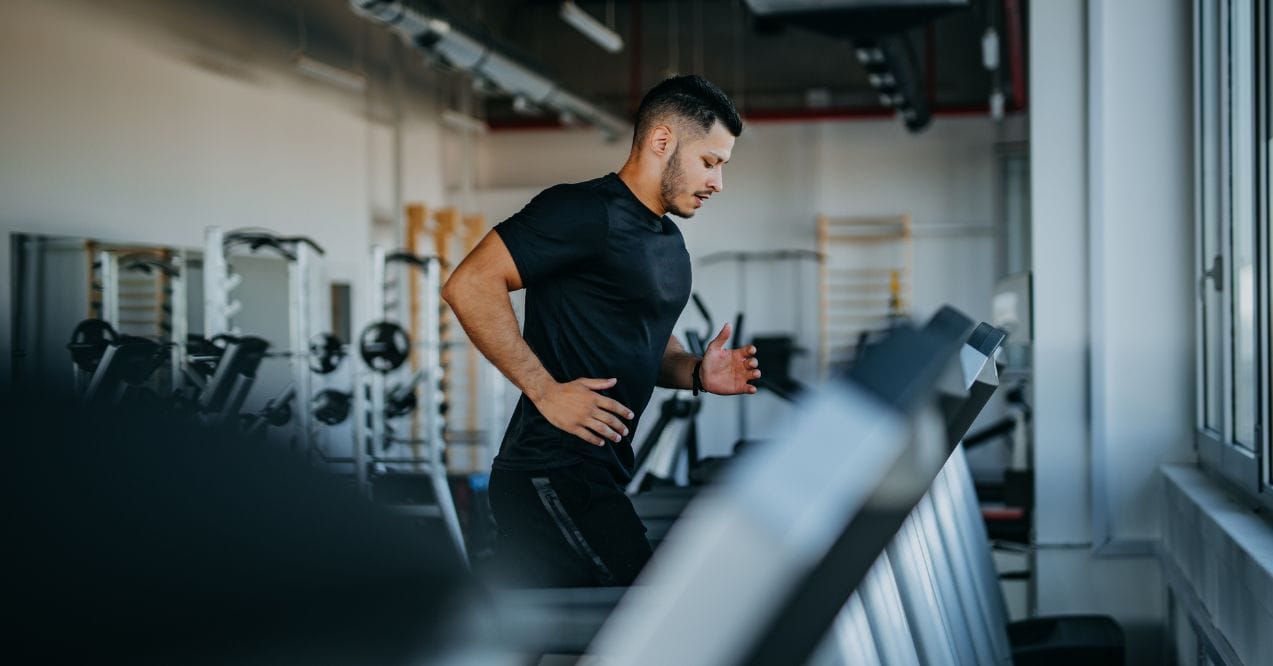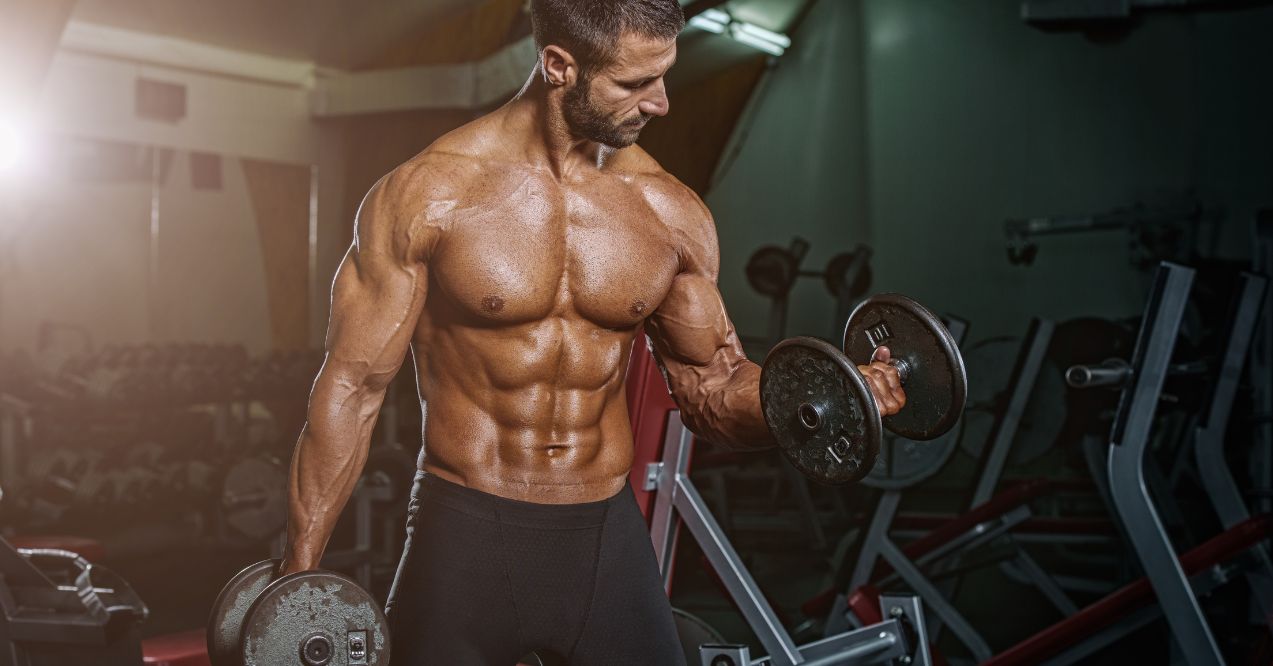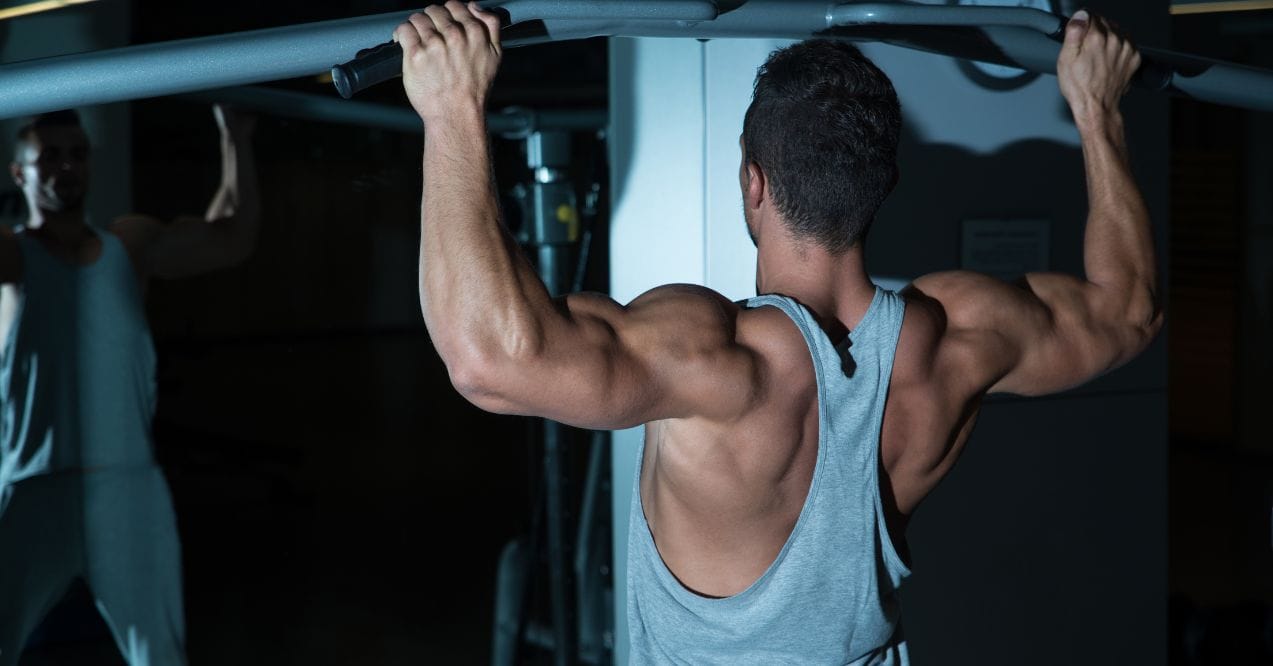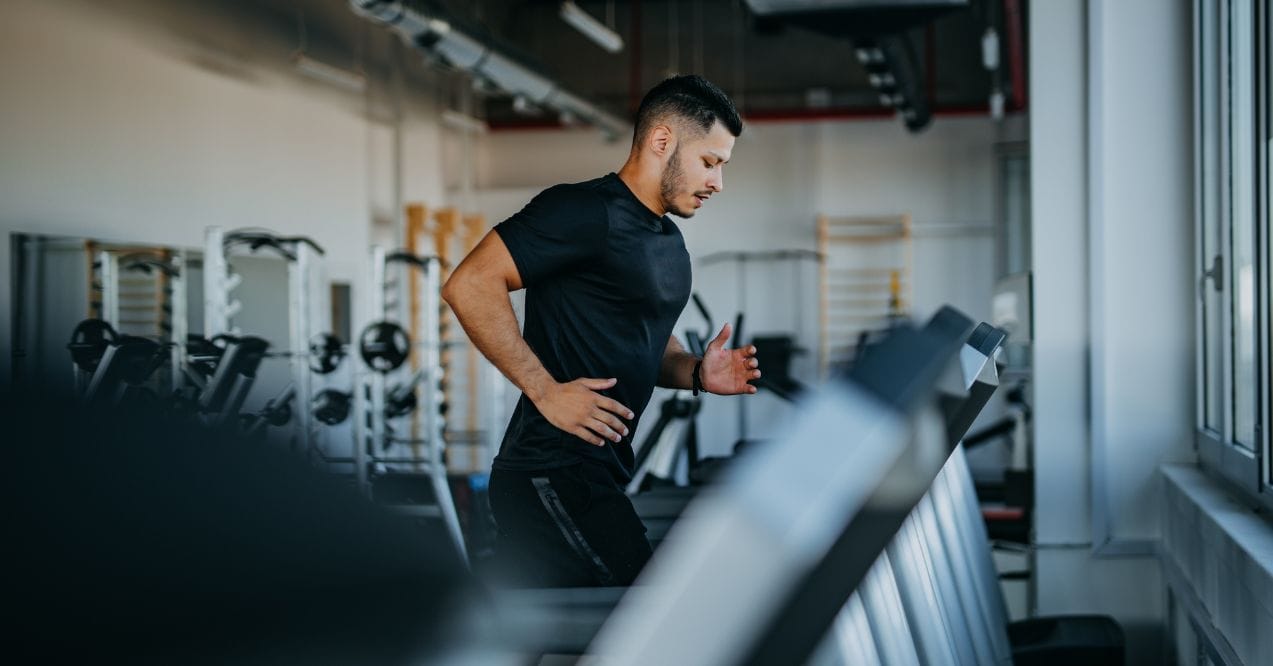Top 6 Smith Machine Back Exercises For A Stronger More Defined Back
Smith machine back exercises offer an excellent way to build strength and definition while maintaining proper form. This fixed-bar system provides stability that helps both beginners and advanced lifters target specific back muscles without worrying about balance. The guided motion makes it easier to focus on the muscle connection and achieve better results in your back training.

Benefits of Smith Machine Back Exercises
The Smith machine offers several advantages that make it a valuable addition to any back workout routine. First, the guided barbell system provides extra stability during exercises, which may help you maintain proper form throughout each movement. This stability is especially helpful when lifting heavier weights or working through fatigue.
Smith machine workouts also allow for safer solo training. The lockable hooks let you secure the bar at various heights, so you can train without a spotter while still pushing yourself. This safety feature gives many lifters the confidence to challenge themselves with heavier weights.
Another major benefit is muscle isolation. The fixed path of the bar helps you focus on the target muscles without worrying about stabilization. For back exercises, this means you can zero in on developing specific areas like your lats, traps, or rhomboids.
The machine also allows for easy setup and quick weight changes. You can adjust the starting position of the bar to match your height and body proportions, making exercises more comfortable and effective.
Many people also find that Smith machine exercises help them break through plateaus. The stability factor may allow you to lift more weight than with free weights, potentially stimulating new muscle growth. If you’re wondering about your progress, check out these Signs of Gaining Muscle and Losing Fat to track your development.
Top Smith Machine Back Exercises

A well-developed back not only looks impressive but also supports better posture and overall strength. The Smith machine offers several effective exercises to target different areas of your back. Whether you’re aiming to build width, thickness, or overall back strength, these exercises can help you achieve your goals. For a complete upper body workout, you might want to check out this Back and Tricep Workout to pair with these exercises.
Smith Machine Bent-Over Row
The supported bent over row on Smith machine is a fantastic exercise for targeting your middle and upper back. To perform it correctly:
- Set the bar at knee height and grip it with hands slightly wider than shoulder-width
- Hinge at your hips with a slight bend in your knees
- Keep your back flat and pull the bar toward your lower ribcage
- Squeeze your shoulder blades together at the top
- Lower the weight with control
This exercise primarily works your latissimus dorsi, rhomboids, and rear deltoids. For variation, you can adjust your grip width or bar height to target different areas of your back.
Smith Machine Reverse-Grip Row
The Smith machine back row with an underhand grip targets your lower lats and biceps effectively. Here’s how to do it:
- Position the bar slightly above knee height
- Grab the bar with palms facing up, hands shoulder-width apart
- Bend at the hips and knees with your back straight
- Pull the bar up to your lower abdomen
- Hold briefly at the top before lowering with control
This grip variation may help target the lower fibers of your lats. You can modify the exercise by changing your foot position or torso angle to alter the muscle emphasis.
Smith Machine Shoulder Shrugs
Shoulder shrugs on the Smith machine are excellent for building impressive traps. To perform them:
- Set the bar at mid-thigh height
- Stand upright with feet shoulder-width apart
- Grip the bar with hands just outside your thighs
- Lift your shoulders straight up toward your ears
- Hold briefly at the top before lowering slowly
This exercise primarily targets your trapezius muscles. You can try different grip widths or add a slight rotation at the top to hit the muscle from different angles.
Smith Machine Deadlift
Smith machine deadlifts offer a stable way to perform this classic back exercise:
- Position the bar at the lowest setting
- Stand with feet shoulder-width apart and the bar over mid-foot
- Bend at hips and knees to grab the bar with an overhand grip
- Keep your back flat and chest up
- Drive through your heels to stand up, extending hips and knees
This exercise works your entire posterior chain, including your lower back, glutes, and hamstrings. You can try sumo or Romanian deadlift variations to target different muscles or improve your range of motion.
Smith Machine T-Bar Row
The Smith machine T-bar row is great for targeting the middle back area:
- Position yourself at one end of the Smith machine
- Set the bar to the lowest position
- Stand over the bar with feet on either side
- Grip the bar with both hands close together
- Pull the bar up to your lower chest while keeping your back flat
This exercise effectively targets your rhomboids and middle trapezius. For variations, you can use different hand positions or adjust your body angle to emphasize different areas of your back.
Smith Machine Pull-Ups
Smith machine pull-ups are an excellent option for building back width:
- Set the bar at a height that allows you to hang with arms fully extended
- Grip the bar with hands wider than shoulder-width
- Hang with arms straight and shoulders engaged
- Pull yourself up until your chin clears the bar
- Lower yourself with control to the starting position
This exercise primarily works your latissimus dorsi and is great for building that V-taper look. For beginners, you can use an assisted setup by keeping your feet on the ground and adjusting your body angle.
Smith Machine Workouts: Pros and Cons
When considering smith machine workouts for your back training, it’s helpful to weigh the advantages and disadvantages. The table below outlines the key pros and cons to consider:
| Pros | Cons |
| Enhanced Stability – The guided bar path may help maintain proper form throughout each repetition, especially beneficial for beginners or those recovering from injuries. | Restricted Movement – The fixed path limits natural movement patterns, which may feel uncomfortable for some lifters. |
| Safety Features -: Lockable hooks at various heights allow for training without a spotter, giving lifters confidence to push harder. | Reduced Stabilizer Engagement – Fewer stabilizer muscles are activated compared to free weights, potentially limiting functional strength development. |
| Muscle Isolation – By removing the need to balance weights, you can focus more intently on target muscles for potentially better back muscle activation. | Muscle Imbalances – Since the machine handles stabilization, weaker areas might not get addressed as they would with free weights. |
| Easy Modifications – Adjust foot position, grip width, or body angle to target different back areas or accommodate physical limitations. | False Sense of Strength – The guided system makes lifting easier than with free weights, which may not translate to real-world strength gains. |
Both training methods have their place in a well-rounded fitness program. Finding the right balance between Smith machine exercises and free weights can help you develop a strong, defined back while minimizing potential drawbacks. If you’re wondering about muscle development signs, check out Does Soreness Mean Muscle Growth.
Fuel Your Back Growth with Quality Nutrition
Building a stronger, more defined back requires not just effective workouts but also proper nutrition. After intense Smith machine back exercises, your muscles need quality protein and nutrients to recover and grow.
Trumeta Bone Broth Protein offers an excellent solution for post-workout recovery. This premium protein source provides 20g of protein per serving along with natural collagen that may support joint health—a key consideration when performing heavy back exercises.
Simply mix a scoop with water or add it to your post-workout smoothie to help kickstart the recovery process. The amino acid profile in bone broth protein may help support muscle repair after those challenging Smith machine workouts.
For even better results, consider pairing your protein with Trumeta Creatine, which may help improve strength and power output during your training sessions. This dynamic duo could potentially enhance your back development when combined with consistent Smith machine training.
Conclusion
Smith machine back exercises offer an effective way to build strength and definition while providing added stability and safety. The six exercises outlined in this article—bent-over rows, reverse-grip rows, shoulder shrugs, deadlifts, T-bar rows, and pull-ups—provide a comprehensive approach to back training using this versatile piece of equipment.
While Smith machine workouts come with some limitations compared to free weights, they offer unique advantages for muscle isolation and controlled movement patterns. The fixed bar path allows you to focus on form and muscle connection without worrying about balance.
For best results, consider incorporating both Smith machine exercises and free weight movements into your back training routine. This balanced approach may help you develop both the stability and functional strength needed for a truly impressive back.
Yes, you can perform deadlifts on a Smith machine. The fixed bar path provides stability for beginners and those with back concerns. Adjust your stance slightly forward of the bar to accommodate the vertical path.
Smith machines offer more stability and isolation, potentially allowing heavier lifts. Free weights engage more stabilizer muscles and follow natural movement patterns. Both have their place in a well-rounded back training program.
Yes, the Smith machine is effective for back workouts. It allows for controlled movements that target specific back muscles and provides safety features that may help you train with confidence, especially when working out alone.
Advertisement. This site offers health, wellness, fitness and nutritional information and is designed for educational purposes only. You should not rely on this information as a substitute for, nor does it replace, professional medical advice, diagnosis, or treatment. If you have any concerns or questions about your health, you should always consult with a physician or other health-care professional. Do not disregard, avoid or delay obtaining medical or health related advice from your health-care professional because of something you may have read on this site. The use of any information provided on this site is solely at your own risk.







